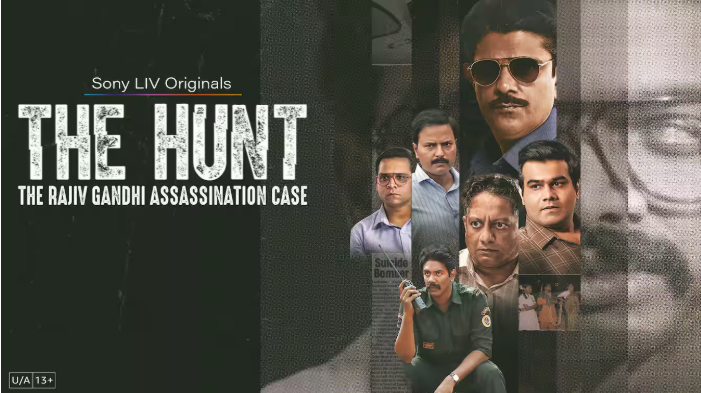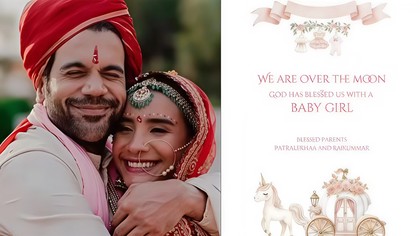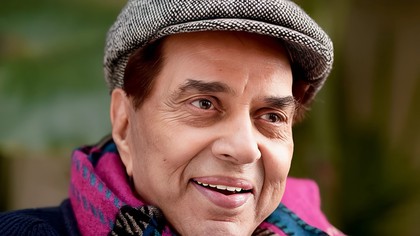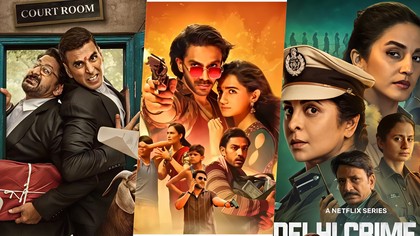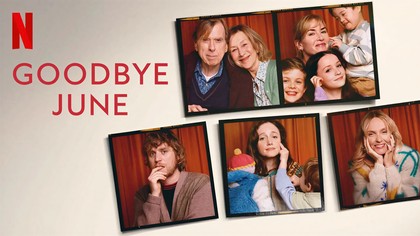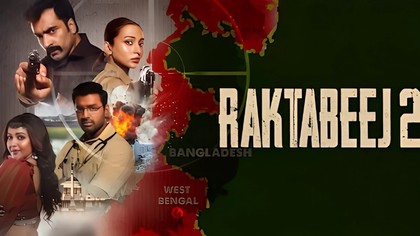It is not every day that a series moves audiences so deeply that they head straight from their screens to the pages of a book. But that is exactly what has happened with SonyLIV’s latest breakout hit, The Hunt. The show, which explores the complexities surrounding the Rajiv Gandhi assassination case, has sparked a wave of renewed interest in the real events that shaped one of India’s darkest political chapters.

At the center of this ripple effect is the book that inspired the series. It has now become the number one bestseller on Amazon India and has stayed in that position for four consecutive weeks. This isn’t just a flash-in-the-pan trend. This is a cultural shift in how audiences are consuming stories. The show hasn’t just entertained, it has encouraged viewers to dig deeper and learn more about the case, the context, and the aftermath through long-form narrative journalism.
What makes this even more remarkable is that The Hunt is not a flashy, mainstream thriller. It is a slow-burn, serious, and intricately researched political drama that respects its source material. And yet, it has connected powerfully with audiences across demographics. At a time when attention spans are shrinking and reading is often considered a lost habit, the show has done what few screen adaptations manage to do. It has reignited an interest in reading and sparked a larger conversation about history, politics, and justice.
This is a significant win not only for SonyLIV but also for the credibility of long-form storytelling. It signals that audiences are not just looking for shallow content. They are willing to invest time, energy, and curiosity into narratives that challenge them intellectually and emotionally. In many ways, the success of The Hunt and its accompanying book sales is a win for good journalism, deep reporting, and the literary world at large.
SonyLIV has carved out a niche for itself by producing bold, intelligent dramas, and The Hunt is a prime example of that strategy paying off in ways that extend beyond viewership metrics. It is influencing cultural behavior. It is turning watchers into readers. It is proving that stories, when told with depth and authenticity, can move audiences to not just watch passively but act with curiosity.
And in today’s content-saturated world, that is a rare and powerful achievement.
For more stories that go beyond the screen and change the way we engage with content, follow Binge Moves on Instagram and Facebook.

